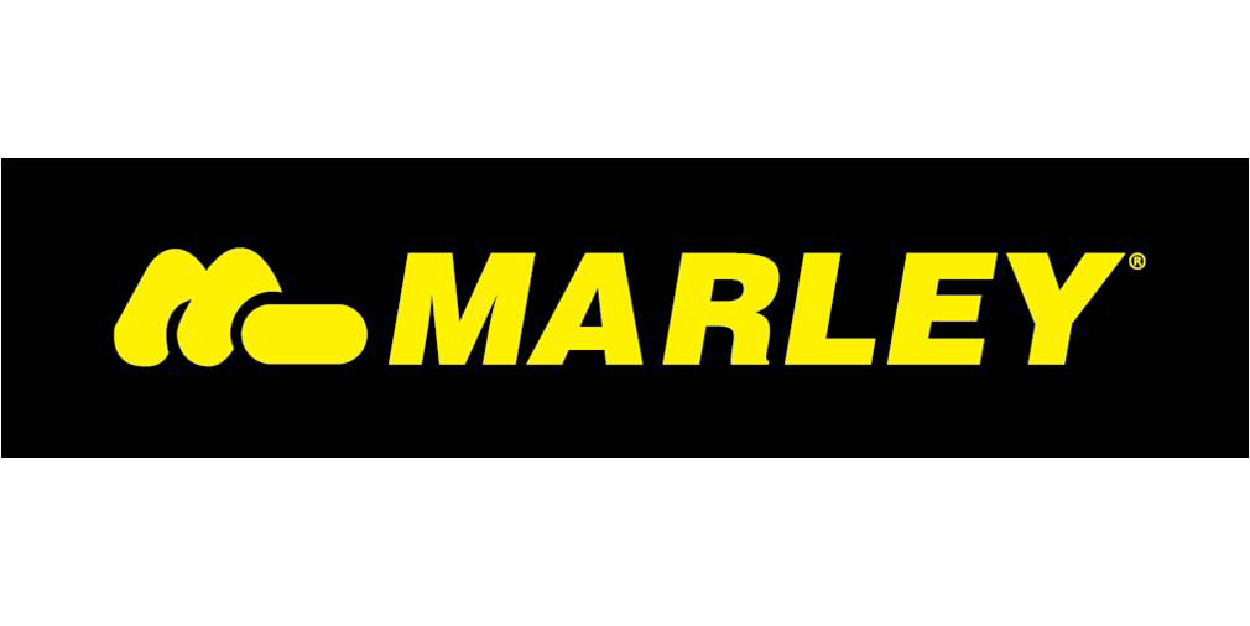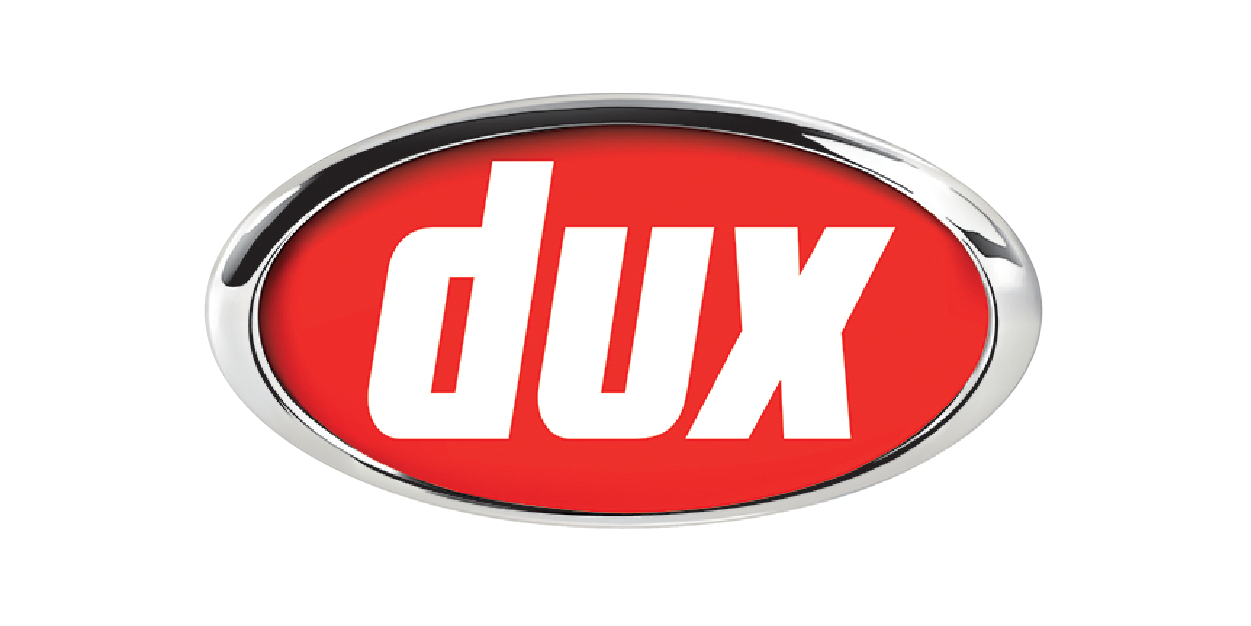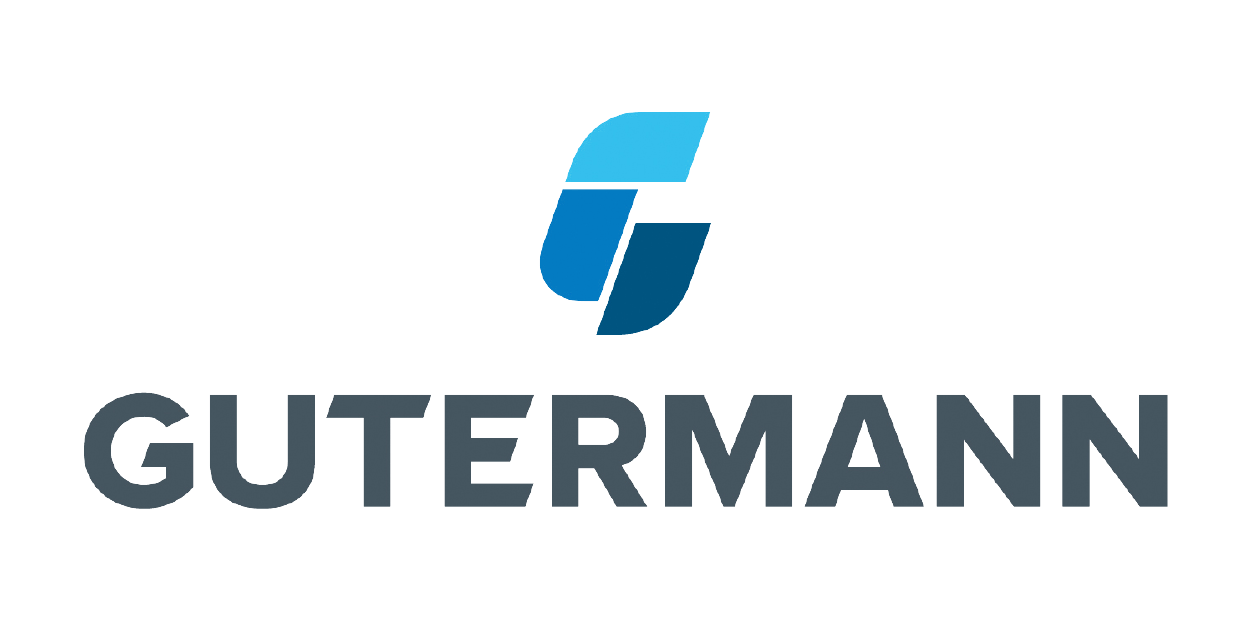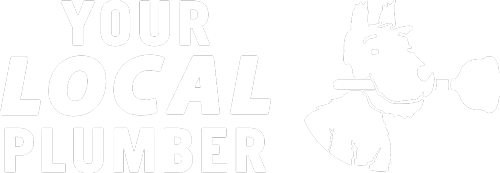
Call Today 09 973 4973 or
When it comes to leak detection in plumbing, sewer, and gas systems, a variety of technologies and techniques are available, each with its unique advantages and applications. One of these methods, known as smoke testing, has proven to be particularly effective in identifying leaks in certain types of systems. In this article, we will delve into the world of smoke testing, discussing its principles, applications, benefits, limitations, and future advancements.
The Principle Behind Smoke Testing
Smoke testing is a technique used to detect leaks in plumbing systems, sewers, and even HVAC systems. It involves introducing smoke into the system and observing where it escapes. The process is simple yet effective. A special, non-toxic smoke is pumped into the system under slight pressure. The smoke will fill the system and, due to its pressure, escape through any leaks present. By observing where the smoke emerges, technicians can pinpoint the location of leaks, even if they’re otherwise difficult to detect.
Applications of Smoke Testing
Smoke testing is particularly useful for detecting leaks in systems where other techniques may be less effective. It’s commonly used to identify leaks in sewer systems, where it can reveal problems such as illegal connections, cracked pipes, and other faults. It’s also used in HVAC systems to detect leaks in ductwork that could lead to energy inefficiency and poor indoor air quality.
Another advantage of smoke testing is its ability to detect leaks in hard-to-access areas. For instance, it can reveal leaks hidden behind walls, under floors, and in other concealed locations. It can even locate leaks in underground sewer lines without the need for excavation.
Moreover, smoke testing is often used in new construction and renovation projects to verify the integrity of plumbing and HVAC systems before they’re put into service. By catching leaks early, it helps avoid potential damage and costly repairs down the line.
Benefits of Smoke Testing
One of the main benefits of smoke testing is its non-destructive nature. Unlike some other leak detection methods, smoke testing doesn’t require any drilling or excavation. This makes it a cost-effective and time-saving option, especially when dealing with large or complex systems.
Smoke testing also provides a visual indication of leaks, making it easier for technicians to locate and diagnose problems. The sight of smoke escaping from a pipe or duct is a clear and undeniable sign of a leak, leaving no room for doubt or misinterpretation.
Furthermore, because smoke testing can cover a large area quickly, it’s an efficient method for testing extensive systems, such as municipal sewer networks or large commercial HVAC installations.
Limitations of Smoke Testing
While smoke testing is a powerful tool in leak detection, it does have its limitations. For one, it can only detect leaks that are exposed to the open air. It cannot detect leaks that are submerged in water, buried under soil, or otherwise enclosed.
Smoke testing also requires certain safety precautions. Even though the smoke used is non-toxic, it can still cause discomfort or alarm if it enters occupied spaces. Therefore, it’s important to notify occupants and neighbors before conducting a smoke test, and to ventilate the area thoroughly afterwards.
Smoke testing can’t quantify the size or severity of a leak. It can show where a leak is occurring, but other methods may be needed to assess the extent of the problem and determine the most appropriate repair strategy.
The Future of Smoke Testing
Like many areas of leak detection, smoke testing is seeing continuous advancements. One of the most promising developments is the use of advanced smoke formulations that can provide additional information about leaks. For example, some smoke products now include tracers that can be detected with specialized sensors, enhancing the accuracy and precision of leak detection.
Advances in smoke generation and delivery systems are making smoke testing more efficient and user-friendly. These include compact, portable smoke generators, and systems that allow for precise control of smoke volume and pressure. These innovations are not only making smoke testing more effective but are also reducing the time and cost involved in conducting these tests.
Integrating smoke testing with other leak detection methods is a growing trend. For instance, combining smoke testing with video inspection can provide a more complete picture of a system’s condition, facilitating more accurate diagnosis and more effective repair planning.
In terms of safety and environmental considerations, the development of eco-friendly smoke formulations is a significant advancement. These new formulations produce smoke that is not only non-toxic but also biodegradable, reducing the environmental impact of smoke testing.
The advent of smart technologies is transforming smoke testing. The use of data analytics, IoT devices, and AI can help to analyze the results of smoke tests more effectively. This can enhance leak detection accuracy, enable predictive maintenance, and optimize the overall efficiency of the process.
Smoke testing is an invaluable tool in the arsenal of leak detection methods. With its ability to quickly and visually identify leaks in a wide range of systems, it offers numerous advantages in terms of cost, efficiency, and effectiveness. While it does have certain limitations, ongoing advancements in technology are continually improving its capabilities and applications. As such, smoke testing will likely continue to play a critical role in leak detection and system integrity testing for many years to come. As a property owner or manager, understanding this method can help you make more informed decisions about maintaining and protecting your infrastructure.
Suppliers




